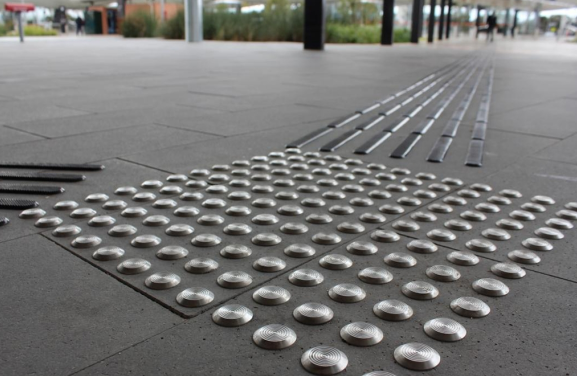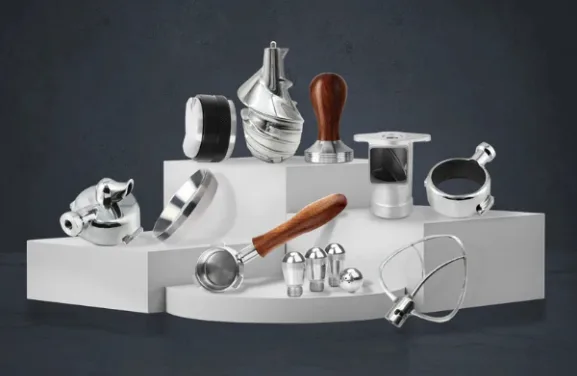
Maximizing Efficiency: ATS 34 Stainless Steel Machining Feeds and Speeds
- By:ABLINOX
- 2024-07-17
- 57
Unlocking the Potential: ATS 34 Stainless Steel Machining Feeds and Speeds
When it comes to precision machining, ATS 34 stainless steel stands out as a top choice for its exceptional strength and corrosion resistance. However, achieving optimal results requires a deep understanding of the right feeds and speeds. In this comprehensive guide, we delve into the intricacies of ATS 34 stainless steel machining, exploring how fine-tuning feeds and speeds can elevate efficiency and quality.
The Basics of ATS 34 Stainless Steel
ATS 34 stainless steel is renowned for its high wear resistance and edge retention, making it a popular choice in various industries, including aerospace and cutlery. Its composition, primarily consisting of carbon, chromium, and molybdenum, lends it superior durability and sharpness retention properties.
Factors Influencing Machining Feeds and Speeds
When machining ATS 34 stainless steel, several factors come into play when determining the optimal feeds and speeds. Factors such as tool geometry, cutting forces, and workpiece material properties all play a crucial role in achieving the desired results.
Tool Geometry
The geometry of the cutting tool significantly impacts the machining process. The rake angle, clearance angle, and cutting edge radius all influence the cutting forces and chip formation. Selecting the right tool geometry tailored to ATS 34 stainless steel can enhance performance while minimizing tool wear.
Cutting Forces
Understanding the cutting forces at play is vital in determining the appropriate feeds and speeds for ATS 34 stainless steel machining. By optimizing the cutting parameters, such as depth of cut and feed rate, manufacturers can reduce tool deflection and improve surface finish.
Optimizing Feeds and Speeds for ATS 34 Stainless Steel
To maximize efficiency and productivity when machining ATS 34 stainless steel, a systematic approach to feeds and speeds optimization is essential. By conducting thorough testing and analysis, machinists can fine-tune parameters to achieve the best results.
Initial Testing and Adjustment
Commencing with conservative feeds and speeds during initial testing is crucial to prevent tool failure and workpiece damage. Incrementally adjusting the parameters based on performance feedback allows for gradual optimization without compromising quality.
Monitoring Tool Wear and Performance
Regularly monitoring tool wear and evaluating machining performance is necessary to ensure consistent quality and efficiency. By observing the output and making necessary adjustments, machinists can maintain desirable results throughout the machining process.
Conclusion
ATS 34 stainless steel machining demands a meticulous approach to feeds and speeds optimization to unlock its full potential. By understanding the nuances of tool geometry, cutting forces, and material properties, manufacturers can achieve superior results in terms of efficiency and quality.
-

Exploring the Art of Precision Casting
2025-03-20 -

Premium Stainless Steel Hinges for Durable Glass Shower Enclosures
2025-03-14 -

Stainless Steel Tactile Products: Durable Solutions for Barrier-Free Environments
2025-03-12 -

Celebrating Women’s Day: Special Care for Our Female Employees
2025-03-08 -

From Design to Finished Product: The Complete Guide to Stainless Steel Precision Casting
2025-02-26 -

Guides To Buy Stainless Steel Sanitary Ware
2024-01-16 -

How Do We Customize SS 304 Faucets for You?
2023-10-17 -

One of the Casting Steps, Pouring
2023-07-24 -

Training for Business Expansion
2022-07-02 -

Internal Business Sharing Meeting
2022-06-20
-

High-Quality Stainless Steel Solutions: From Fishing Rod Holders to Faucet Fittings
2025-08-29 -

Precision Components for Meat Grinders and Coffee Grinder Machines
2025-08-29 -

Precision Solutions with Stainless Diaphragm Pump Casting Machining
2025-08-29 -

Exploring the Art of Precision Casting
2025-03-20 -

Premium Stainless Steel Hinges for Durable Glass Shower Enclosures
2025-03-14 -

High-Quality Stainless Steel Food Grade Parts Customization Services
2025-03-11 -

How Precision Manufacturing Enhances Coffee Quality? – The Art of Stainless Steel Coffee Machine Parts
2025-03-08 -

Custom Stainless Steel Parts for Coffee Machines – Elevate Your Coffee Experience
2025-03-04 -

Stainless Steel Coffee Machine Parts: Precision Casting Meets High Performance
2025-02-25 -

Stainless Steel Handrails & Precision Casting: Safety Meets Style
2025-02-24

